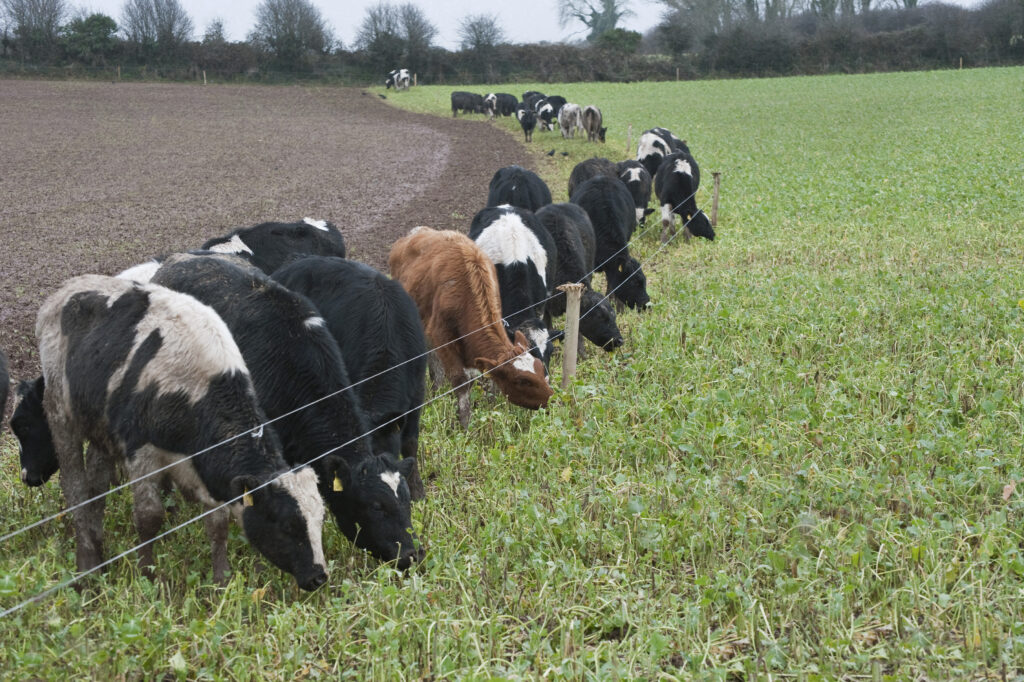Farmers should look to keep costs down when sowing catch crops under the Department of Agriculture’s GLAS scheme.
According to Teagasc Tillage Advisor, Ciaran Collins, there is a wide variation in seed costs and farmers should keep this in mind when accessing the options available to them.
Under the GLAS scheme, farmers are paid €155/ha for sowing catch or break crops on their farms but Collins said that some of the higher cost seed options will eat directly in to the farmers returns.
He continued to say that a lot of farmers are planning on sowing a mixture of rape and leafy turnip, with early prices for this mixture sitting at about €25/ha, making it the cheapest option available.
Some farmers are also considering sowing a soil conditioner or nitrogen fixing mix, he said and these mixes are costing in the region of €65/ha and €72/ha respectively.
The Teagasc Tillage Advisor said that farmers will see the most benefits from catch crops, in terms of biomass production, when they are sown early.
And, farmers must have these crops sown before the September 15 scheme deadline.
Collins also said that farmers are able to apply chemical fertiliser to catch crops as long as they have been planted before August 15.
The recommended fertiliser allowance for these crops is 50kg of Nitrogen/ha, 12kg of Phosphorous/ha and 25kg of Potassium/ha, he said.
He continued to say that the scheme allows for the grazing of catch crops from December 1 and a lot of tillage farmers tend to have their own stock to graze these crops.
Managing disease build up with catch crops
Collins also said that farmers must be aware of the risk of disease build up when using catch crops in a tillage rotation.
He said that the number of farmers growing beans has increased in recent years and these farmers should allow three-to-four years between a legume-based catch crop and beans and peas.
He also advised farmers to be aware of the possibility of disease build up in brassica crop such as oil seed rape, as growing a catch crop of rape of leafy turnip could lead to disease problems in subsequent crops.


